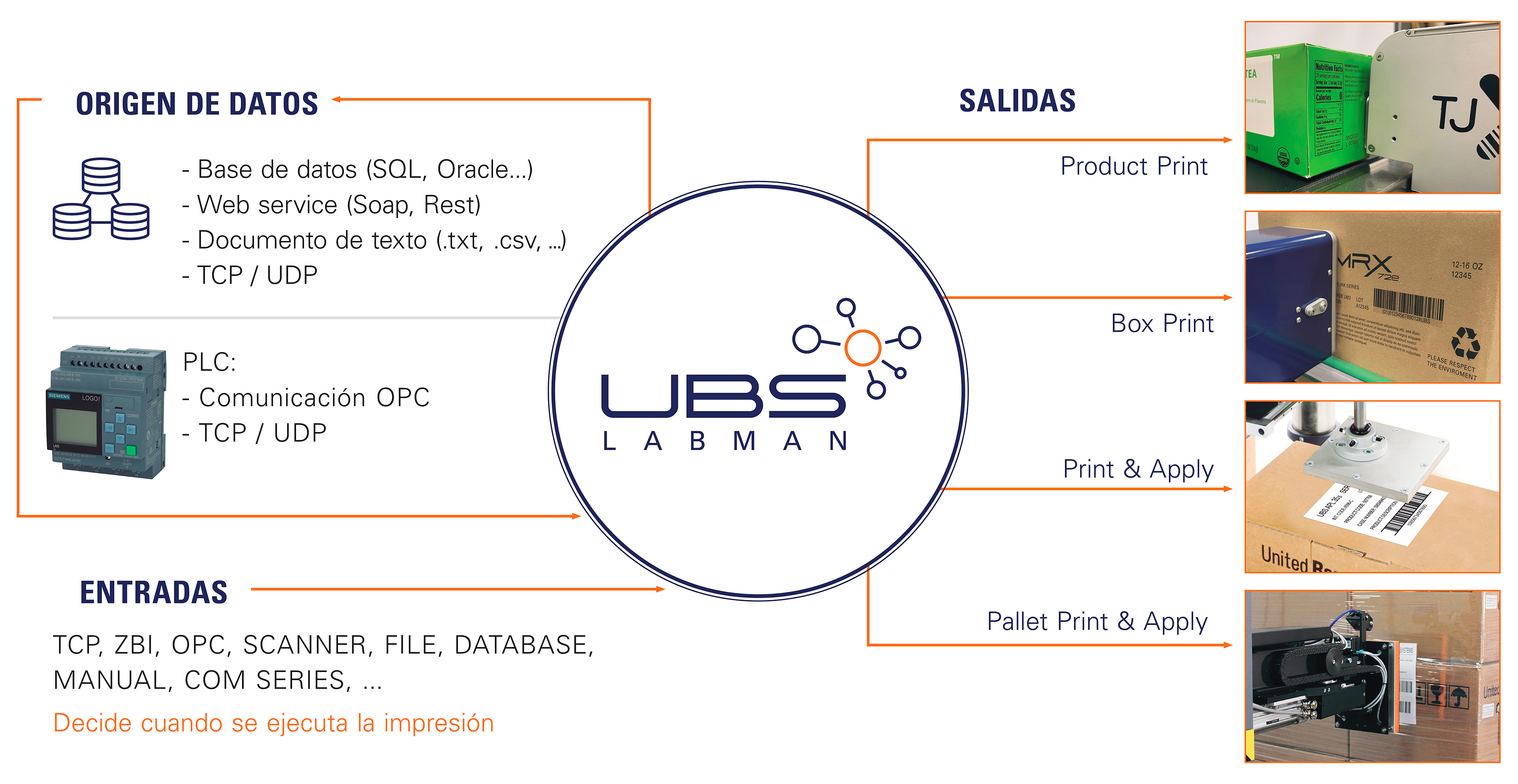What is product traceability?
A product's traceability is the ability to track its history, location, and trajectory throughout the supply chain.This includes tracking raw materials, manufacturing processes, and transportation all the way to the end customer. Traceability is essential to comply with quality and safety regulations in industries such as agri-food, pharmaceuticals and automotive, allowing companies to manage risk and carry out product recalls if necessary.
Efficient traceability ensures that every phase of production is documented and controlled, making it easy to detect problems at any stage of the process. This is essential to protect the brand's reputation and avoid financial losses resulting from errors not detected in time. In addition, traceability improves operational efficiency by enabling better inventory and logistics management.
Types of traceability
Internal traceability
Internal traceability refers to the tracking of products within a single organization, usually within manufacturing or warehousing facilities. This type of traceability allows companies to control their production processes and optimize inventory management, ensuring that each batch or component is easily traceable at any time. It is crucial to ensure consistency and quality in the final products.
External Traceability
External traceability encompasses tracking products as they move through different actors in the supply chain, such as distributors, shippers, and retailers. This traceability is key to ensuring that products arrive at their final destination safely and according to specifications. The use of coding and labelling systems ensures correct identification and tracking during transport.
Backward traceability
Backward traceability allows a product to be traced from the end customer to its origin, identifying all the previous stages it has gone through. This type of traceability is essential in the event of product returns or recalls, as it allows the source of a problem to be quickly detected and affected batches to be isolated.
Forward traceability
Forward traceability allows you to follow the path of a product from its origin to its final destination, tracking its progression through the supply chain. This is crucial to ensure that products arrive in perfect condition to the end consumer, and to optimize logistics and inventory control.
Full traceability
Full traceability combines internal, external, backward and forward traceability, offering a comprehensive view of the entire product lifecycle. This type of traceability is the most comprehensive and effective, as it ensures that a product can be tracked at any point in the supply chain, from creation to consumption or return.
How to implement traceability in a company?
Define the internal and external parties involved
The first step in implementing traceability in a company is to clearly define the parties involved in the process, both internal and external. This includes identifying which internal departments (such as production, warehousing, logistics) and which external partners (suppliers, carriers, distributors) are involved in the product lifecycle.
Determine the scope of the traceability system
It is essential to determine the scope of the traceability system, i.e. which processes and products will be tracked and to what level of detail. Some companies may need to track only certain stages, while others may require full tracking throughout the entire supply chain. This step is crucial to define the structure of the system.
Set the tracking method
Once the scope is defined, the appropriate tracking method for the products must be established. This can include the use of barcodes, Datamatrix codes, RFID tags, or more advanced systems such as blockchain-based ones. The choice of technology will depend on the specific needs of the company and the industry.
Develop a protocol for record-keeping
For traceability to be effective, it is critical to develop a protocol for record-keeping, ensuring that every action in the supply chain is documented correctly. These records must be accessible in real-time to allow for quick and efficient management should a problem arise.
Creation of a system of records and documentation
Creating a centralized records and documentation system is vital to effectively managing traceability. This system must integrate all stages of production and distribution, ensuring that the data of each batch or product is available for subsequent consultation and audits.
Perform traceability tests
Finally, it is important to perform traceability tests to ensure that the system is functioning properly. This involves simulating product recall situations or supply chain issues and assessing how the system responds, identifying potential areas for improvement before full implementation.
Would you like to be up to date on the latest news in the packaging sector? Discover our newsletter!
Technologies used in traceability
Automatic identification systems
Automatic identification systems, such as barcodes and RFID tags, enable real-time product tracking throughout the entire supply chain. These systems are essential for efficient inventory management and traceability, ensuring that each product is correctly identified at every stage.
Traceability Management Software
Traceability Management Software is a key tool for integrating and centralizing all supply chain data on one platform. These systems allow you to monitor the flow of products and generate automatic reports on the status and location of each batch, facilitating decision-making based on accurate and up-to-date data.
Integration with ERP systems
Integration with ERP systems is essential to ensure smooth traceability. ERP systems enable comprehensive supply chain management, from production to distribution, integrating all processes and ensuring that data flows seamlessly between different departments and external actors.
Advances in IoT and blockchain for traceability
Advances in IoT (Internet of Things) and blockchain are revolutionizing traceability. The IoT allows real-time tracking of products through connected sensors, while blockchain ensures an immutable and secure data chain, guaranteeing transparency and trust throughout the process.
Advantages of correct traceability
Improved quality management
Effective traceability significantly improves quality management by allowing any defects in the product to be quickly detected and corrected. This reduces the chances of defective products reaching the end consumer, improving customer satisfaction and protecting brand reputation.
Process optimization
Traceability also allows the optimization of production processes, as it offers total visibility over all stages of the supply chain. With this information, companies can identify bottlenecks and improve operational efficiency.
Cost reduction
Implementing a proper traceability system helps companies reduce costs by facilitating efficient inventory management and allowing for selective product recalls instead of large volumes. In addition, it minimizes errors and improves overall operational efficiency.
Compliance
Compliance with safety and quality regulations is essential for many industries. A traceability system allows companies to comply with current regulations, ensuring that they can demonstrate compliance in the event of audits and avoiding penalties.
Increased customer satisfaction
Customer satisfaction increases significantly when companies can ensure the quality and safety of their products through full traceability. Consumers have greater confidence in products that they can trace from their origin to their purchase.
United Barcode Systems: Labeling, Coding & Marking
United Barcode Systems (UBS) offers advanced labeling, coding and marking solutions, facilitating the implementation of traceability systems in companies. Our UBS LABMAN system is a more than useful tool for managing and controlling coding processes on production lines, integrating seamlessly with ERP systems and managing data in real time. In addition, it allows the creation and sending of messages and labels to be centralized, improving operational efficiency and logistical control.
With UBS LABMAN, companies can obtain real-time data on their processes, monitor the status of labeling, coding and marking equipment and ensure the complete traceability of their products.

UBS LABMAN is a key tool for managing coding processes in production.
Contact us today to find out how our solutions can streamline your processes and improve efficiency in your business.

